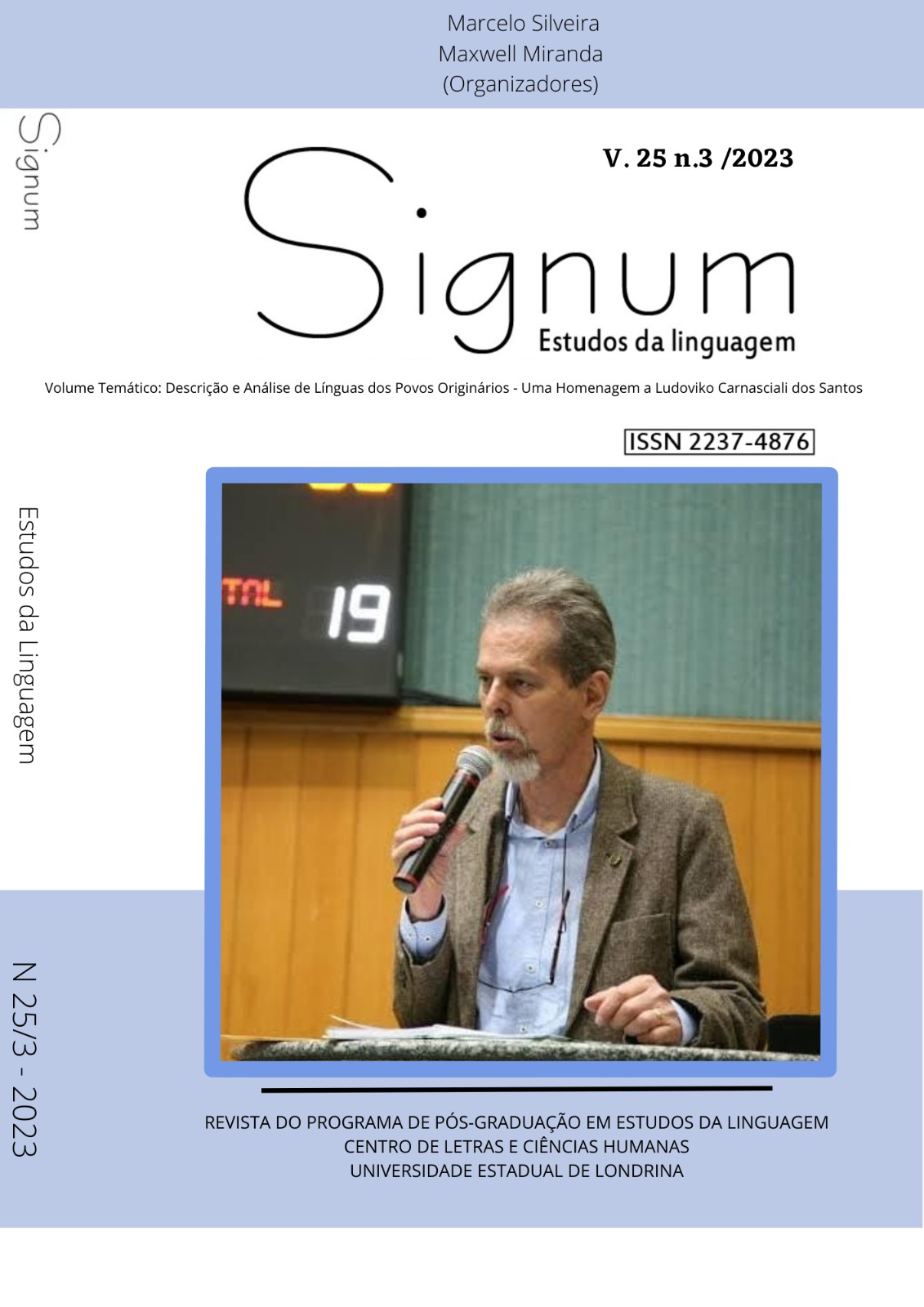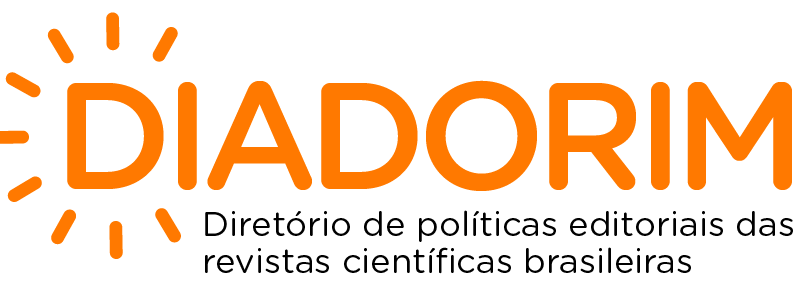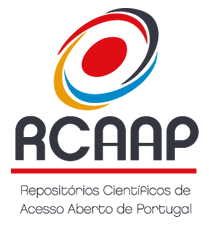Nominal Morphology Aspects of the Kỳikatêjê Language
DOI:
https://doi.org/10.5433/2237-4876.2022v25n3p36Keywords:
Kỳikatêjê language, names, morphologyAbstract
In this article, we present some aspects of the nominal morphology of the Kỳikatêjê language1 . Initially, we present an overview of the Kỳikatêjê language and people form Kôjakati village. Next, we describe the types of names in the language and their grammatical properties, such as number and gender. Finally, we discuss some aspects of the derivational morphology of names in Kỳikatêjê, namely, attenuation, intensification and composition. We aim to contribute to Jê languages studies, to a greater and better understanding of word class and to the study of the language in the school environment, since the current state of the language is obsolescence, being spoken only by the elderly and in contexts each time more restricted in the social domains in the Kôjakati village.
Downloads
References
ANDERSON, Stephen R. Inflectional morphology. In: SHOPEN, T. (ed.). Language typology and syntactic
description. Cambridge: Cambrigde University Press, 1995. p. 150-201. (v. 3: Grammatical categories and the
lexicon).
ANWARD, Jan. A dynamic model of part-of-speech differentiation. In: VOGEL, P. M.; COMRIE, B. (org.).
Approaches to the typology of word classes. Berlin: Mouton de Gruyter, 2000. p. 3-45.
BYBEE, John L. Morphology: a study of the relation between meaning and form. Amsterdam: John Benjamins
Publishing Company, 1985.
COSTA, Lucivaldo S. Flexão relacional, marcas pessoais e tipos de predicados em Xikrín: contribuição para os estudos
sobre ergatividade em línguas Jê. 2003. 79 f. Dissertação (Mestrado em Linguística) - Universidade Federal do
Pará, Belém, 2003.
COSTA, Lucivaldo S. Uma Descrição Gramatical da Língua Xikrín do Cateté (família Jê, Tronco Macro-JÊ). 2015. DOI: https://doi.org/10.5902/fragmentum.v0i46.23396
f. Tese (Doutorado em Linguística) - Universidade de Brasília, Brasília, 2015.
FERREIRA, Marília de Nazaré de Oliveira. Estudo morfossintático da língua Parkatêjê. 2003. 266 f. Tese
(Doutorado em Linguística) - Universidade de Campinas, Campinas, 2003.
MIRANDA, Maxwell Gomes. Morfologia e morfossintaxe da língua Krahô (família Jê, Tronco Macro-Jê). 2014. 327 f.
Tese (Doutorado em Linguística) - Universidade de Brasília, Brasília, 2014.
RODRIGUES, Aryon Dall’Igna. Macro-Jê. In: DIXON, R. M. W.; AIKHENVALD, A. Y. The Amazonian
languages. Cambridge: Cambridge University Press, 1999. p. 164-206.
RODRIGUES, Aryon Dall’Igna. Línguas brasileiras: para o conhecimento das línguas indígenas. São Paulo:
Ed. Loyola, 1986.
TRASK, R. L. A dictionary of grammatical terms in linguistics. London: Routledge, 1994.
Downloads
Published
How to Cite
Issue
Section
License
Copyright (c) 2023 Signum: Estudos da Linguagem

This work is licensed under a Creative Commons Attribution-NonCommercial-NoDerivatives 4.0 International License.
This journal reserves the right to make, in the originals, normative, orthographic and grammatical modifications in order to maintain the standard language and the credibility of the publication. It will respect, however, the authors’ style of writing. Modifications, corrections and suggestions of conceptual order will be forwarded to the authors, if necessary. In these cases, the papers, once appropriate, should be submitted to a new appreciation. The final examinations will not be forwarded to the authors. Works published become property of Signum, being its total or partial reprint subject to an explicit authorization of the journal. In all subsequent quotes the original source of publication should be mentioned, in case, in Photographic Discourse. Opinions emitted by the authors are their exclusive responsibility.















